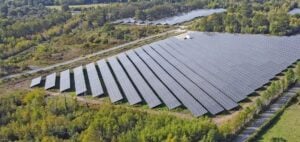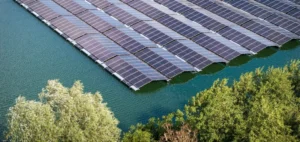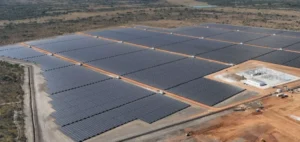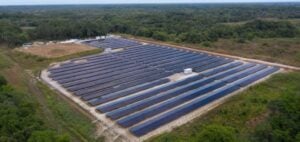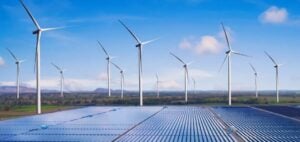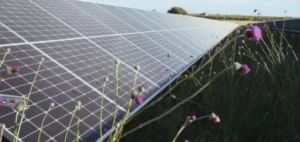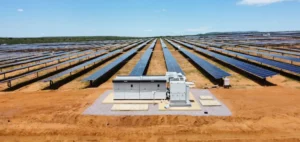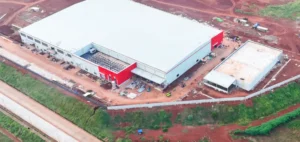British group Octopus Energy Generation has officially launched its first investment vehicle dedicated to Africa, named Octopus Energy Power Africa Fund (OEPA). This initial fund of $60 million aims to mobilize a total of up to $250 million within three years to support various energy projects in Sub-Saharan Africa, according to statements made at the Africa Energy Forum in Cape Town.
An investment model adapted to the African market
Octopus Energy Generation has entered a strategic partnership with investment firm Pembani Remgro Infrastructure Managers (PRIM). The announced goal is to structure financial solutions specifically adapted to the economic and technical realities of the African continent. The OEPA fund primarily targets segments such as decentralized solar installations, battery energy storage, electric vehicle infrastructure, and upgrading existing electrical grids.
In an official statement, Ashleigh Gray, director of the OEPA fund, said: “With the Octopus Energy Power Africa fund, we are opening a new gateway to a region experiencing explosive demand. This is an exceptional opportunity for visionary investors to support high-impact clean energy projects and grow alongside one of the world’s most promising markets.”
Opportunities and challenges in the African market
According to data from the International Energy Agency (IEA), Sub-Saharan Africa captures only 2% of global financing dedicated to renewable energies, despite its significant solar and wind resource potential. The Octopus Energy Generation fund aims to reverse this trend by facilitating connections between international capital and local energy initiatives.
Among Octopus’s notable recent investments is a stake in MOPO, a provider of solar solutions for off-grid households. The group has also participated in the wind farm project on Sherbro Island in Sierra Leone, in collaboration with Akuna Group. These initiatives illustrate the priority development areas selected by the newly launched fund.
Mobilizing international investors
The creation of the OEPA fund comes amidst growing attention from international investors towards emerging markets, particularly regarding energy infrastructure. Octopus Energy Generation aims to channel part of these investments into Africa to meet the rapidly growing regional energy demand.
The British group, which already manages several billion dollars in energy assets globally, hopes to replicate proven financing models in Sub-Saharan Africa. The approach is pragmatic, oriented toward profitability and sustainability of the selected projects.





